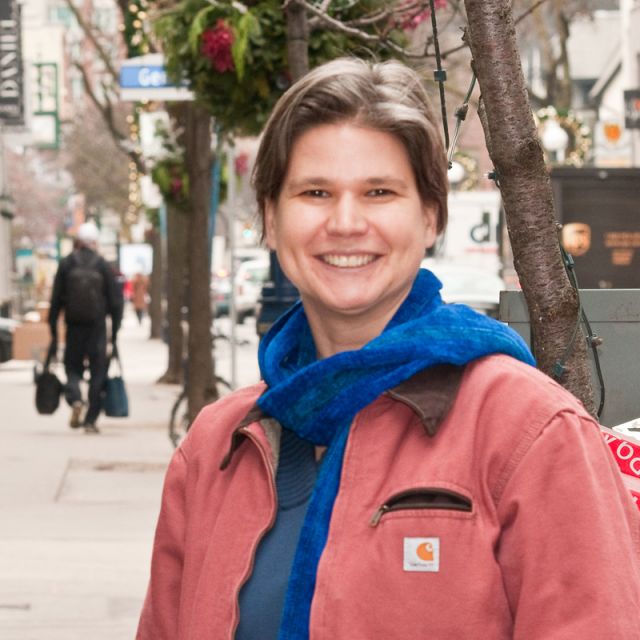Poor health that almost always accompanies poverty shows up in “Our Health Counts: Urban Aboriginal Health Database Project.” Almost one in seven urban Indians in Smylie’s survey suffer diabetes — more than three times the rate in the general population. Native children are more than twice as likely as their non-native neighbours to have asthma.
“There is a great health inequity here,” said Smylie.
Smylie’s study was released just as Statistics Canada unveiled a continuing trend toward urbanization among First Nations, Inuit and Metis people. By 2031 between 36 and 40 per cent of aboriginal Canadians will be living in an urban area with a core city of at least 100,000. About one-third of native Canadians currently live in such a setting.
Increased urbanization comes on top of a dramatic increase in native population overall. Statistics Canada projects there will be between 1.7 million and 2.2 million natives in 2031 — a jump of between 31 and 69 per cent over the 2006 census count of 1.3 million. As a share of Canada’s population, native people would go from less than four per cent to as much as 5.3 per cent.
Smylie, Metis herself, is aware of how native faces abound in shelters, Out of the Cold programs and food banks. Her Hamilton study found First Nations people were 25 times more likely than other Canadians to report living in a crowded situation, and visit hospital emergency rooms at twice the rate of the general population.
“Sometimes that can feel overwhelming or discouraging,” Smylie said. “For me, I feel most frustrated just by the day-to-day challenges of social inequities.”
Smylie has been named one of 15 winners of the 2012 National Aboriginal Achievement Awards. She will accept the award at a Feb. 24 gala in Vancouver.
As a doctor and a scientist, Smylie is aware of the need for role models.
“I found role models in my life. But I guess in my area of science and health research, where we’re underrepresented, hopefully (the award) could inspire somebody to pursue a science or a research or health career,” she said.
In her clinical work, Smylie cares for young mothers through Seventh Generation Midwives Toronto.
“I’m hopeful because of the resiliency that people have and the love they have for their kids, and their amazing skills — both life skills and parenting skills — that people have hung on to,” she said. “You start seeing the impact that providing supportive care and good relationships can have on people.”
Native poverty abounds on more than reserves
By Michael Swan, The Catholic RegisterTORONTO - Shocking, shameful poverty among Canada’s native people goes far beyond the remote Northern Ontario community of Attiwapiskat. Native poverty is walking the streets and crowding the basement apartments of Canada’s largest cities, according to a new report by St. Michael’s Hospital researcher Dr. Janet Smylie.
Smylie gathered detailed health information from 790 aboriginal Canadians living in Hamilton, Ont., and discovered the greatest, most prevalent risk to their health is poverty. Almost 80 per cent of respondents to Smylie’s survey reported an annual income of less than $20,000 per year.
Please support The Catholic Register
Unlike many media companies, The Catholic Register has never charged readers for access to the news and information on our website. We want to keep our award-winning journalism as widely available as possible. But we need your help.
For more than 125 years, The Register has been a trusted source of faith-based journalism. By making even a small donation you help ensure our future as an important voice in the Catholic Church. If you support the mission of Catholic journalism, please donate today. Thank you.
DONATE
